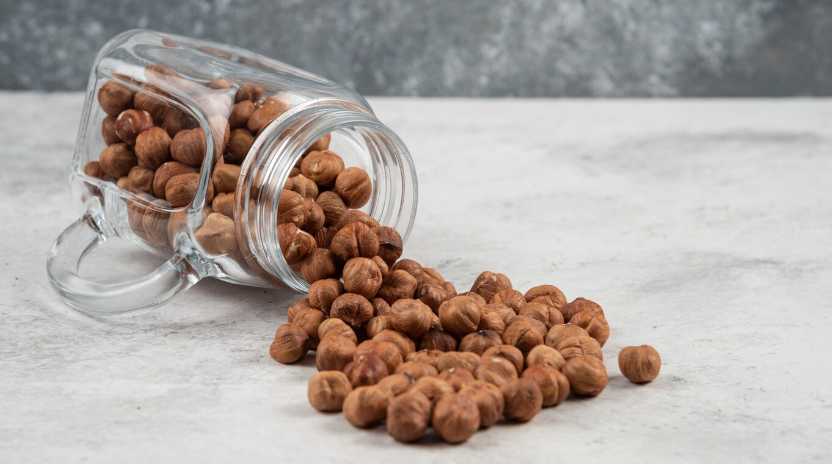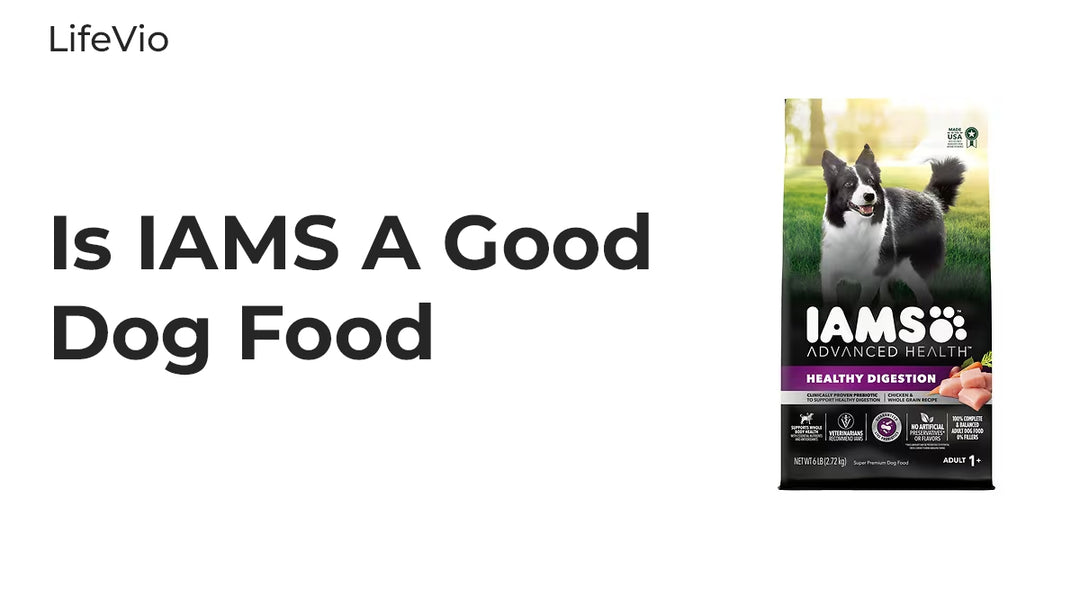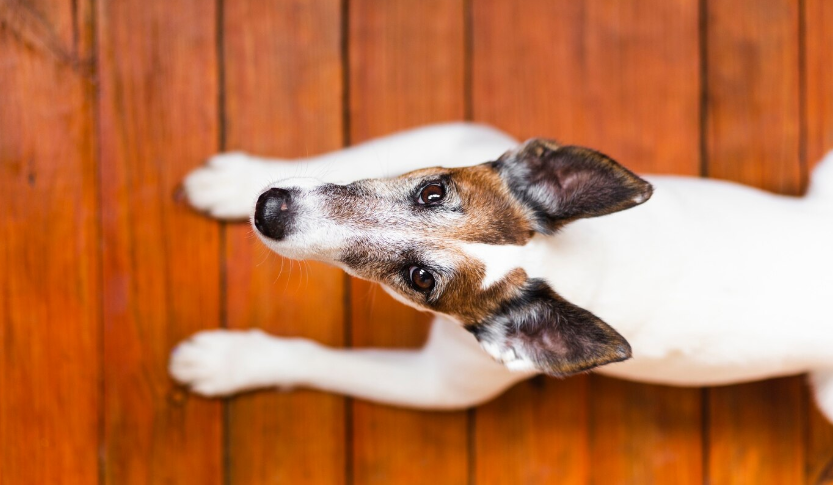Can Dogs Chew on Sticks? Understanding the Risks and Alternatives
Dogs and sticks seem to go together like peanut butter and jelly. It's a common sight to see a happy dog running through a park or backyard with a stick in its mouth, eagerly chewing away. However, while this may seem like a natural and harmless activity, allowing your dog to chew on sticks can actually pose serious risks to their health and well-being. In this article, we'll explore the dangers of stick chewing, why dogs are drawn to this behavior, and what alternatives you can offer to keep your furry friend safe and entertained.
Why Dogs Love to Chew on Sticks?
Dogs are natural chewers, and for good reason. Chewing is an instinctive behavior that helps keep their jaws strong, their teeth clean, and their minds stimulated. It's also a way for them to explore their environment and relieve stress or boredom. Sticks are particularly appealing to many dogs because they are readily available, easy to carry around, and provide a satisfying crunch when chewed.
| Reasons Dogs Chew on Sticks | Description |
| Instinctive behavior | Chewing helps keep jaws strong and teeth clean |
| Exploration | Sticks allow dogs to explore their environment |
| Stress relief | Chewing can help relieve stress or boredom |
| Availability | Sticks are readily available in many outdoor settings |
The Dangers of Stick Chewing
Despite their appeal, sticks can pose serious dangers to dogs when chewed on or ingested. Some of the most common risks include:
- Choking hazards: Pieces of the stick can break off and become lodged in your dog's throat, causing them to choke.
- Mouth and throat injuries: Splinters and sharp edges can cause cuts, punctures, or lacerations in your dog's mouth, tongue, or throat.
- Intestinal blockages: If swallowed, large pieces of the stick can cause intestinal blockages that may require emergency surgery to remove.
- Bacterial infections: Sticks can harbor harmful bacteria that can lead to infections if ingested or if they cause wounds in your dog's mouth.
In addition to these immediate risks, chewing on sticks can also cause long-term damage to your dog's teeth and gums. Over time, the repeated gnawing can wear down tooth enamel, leading to painful fractures or exposing the sensitive pulp inside the tooth.
Symptoms of Stick-Related Injuries
If your dog has been chewing on sticks, it's important to be aware of the signs and symptoms of potential injuries. These may include:
- Pawing at the mouth or face
- Excessive drooling
- Difficulty swallowing or breathing
- Bloody saliva
- Vomiting or diarrhea
- Lack of appetite
- Lethargy
If you notice any of these symptoms, it's crucial to seek veterinary care right away. Your veterinarian can assess the extent of the injury and provide appropriate treatment, which may include removing any stuck pieces of stick, administering antibiotics to prevent infection, or performing surgery to repair damage.
Preventing Stick Chewing
The best way to protect your dog from the risks of stick chewing is to prevent them from engaging in this behavior altogether. Here are some strategies you can use:
- Supervision: Always supervise your dog when they are outdoors and remove any sticks they may find before they have a chance to start chewing.
- Positive reinforcement: Reward your dog with treats and praise when they choose to play with appropriate toys instead of sticks.
- Redirection: If you catch your dog chewing on a stick, immediately redirect their attention to an appropriate toy or activity.
- Provide plenty of exercise: A tired dog is less likely to seek out sticks or other inappropriate objects to chew on. Make sure your dog gets plenty of physical and mental exercise each day.
Safe Alternatives to Sticks
Just because sticks are off-limits doesn't mean your dog has to miss out on the joys of chewing. There are many safe and durable chew toys available that can satisfy your dog's natural urge to gnaw without putting their health at risk. Look for toys made from materials such as:
- Rubber
- Nylon
- Hardened plastic
- Antlers or horns (under supervision)
When selecting chew toys for your dog, make sure they are appropriately sized and durable enough to withstand heavy chewing. Avoid toys with small parts that could be swallowed, and always supervise your dog while they are chewing to ensure they are using the toy safely.
Conclusion
While it may be tempting to let your dog indulge in their natural inclination to chew on sticks, the risks simply aren't worth it. By understanding the dangers of stick chewing, taking steps to prevent this behavior, and providing safe alternatives, you can help keep your furry friend healthy and happy for years to come. Remember, if you ever suspect your dog has suffered a stick-related injury, don't hesitate to seek veterinary care right away. With the right knowledge and precautions, you and your dog can enjoy all the benefits of playtime without the added worry of sticks.




